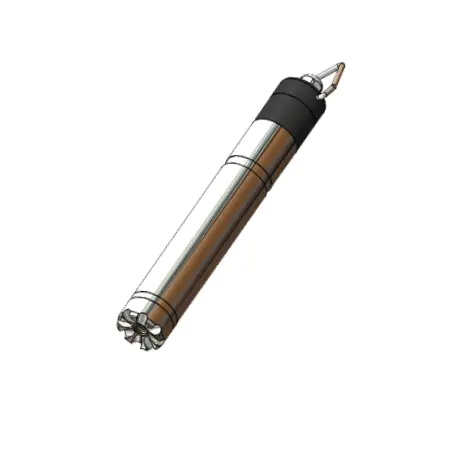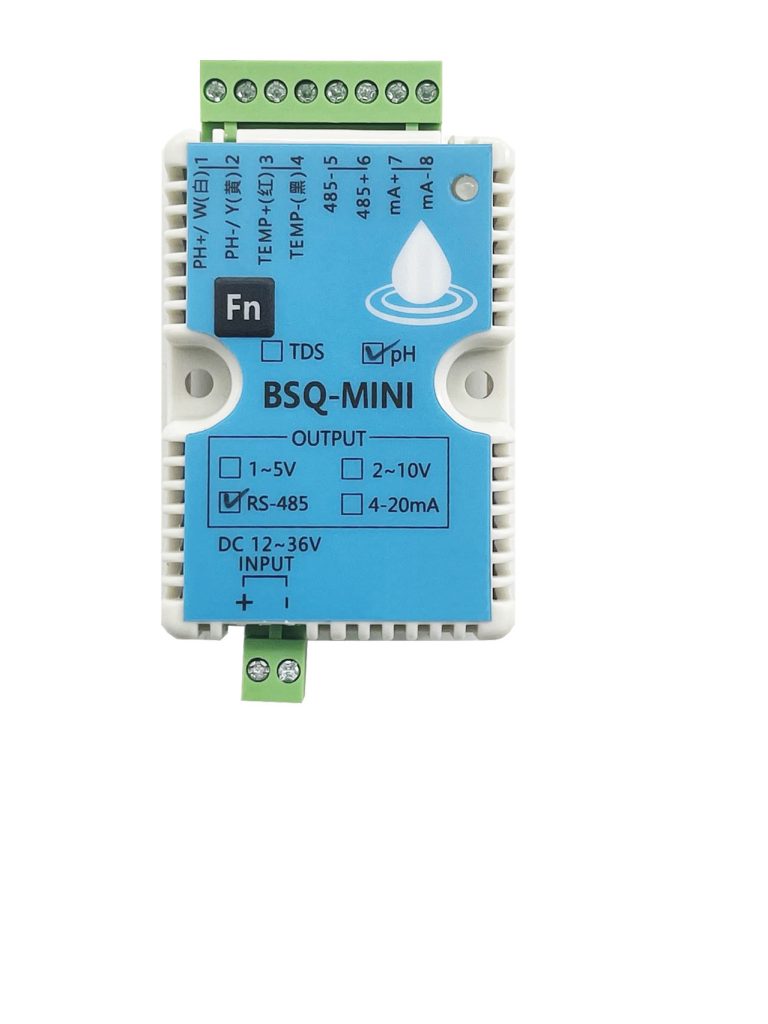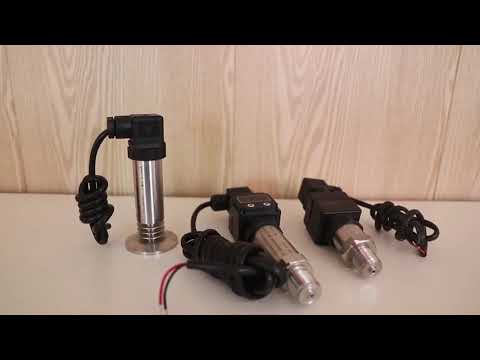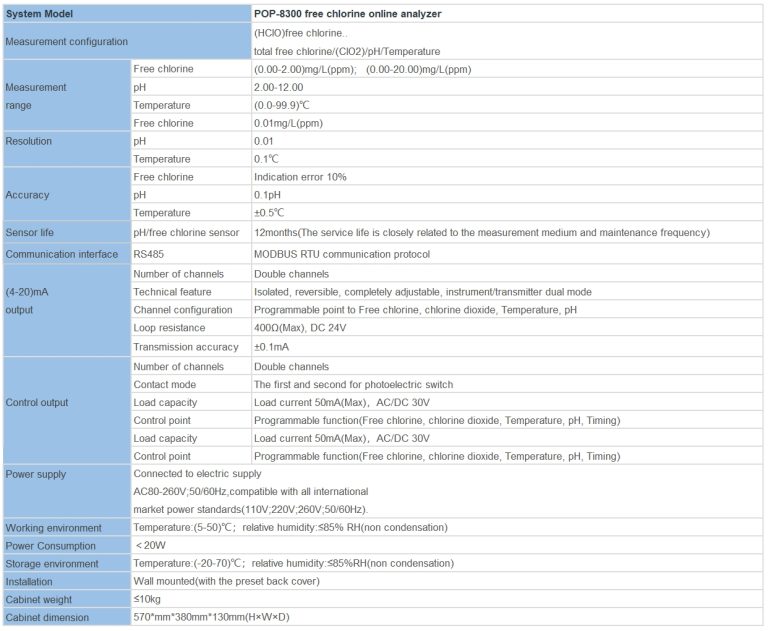Understanding the Essential Role of Conductivity Meters in water quality analysis
Conductivity meters are indispensable tools in the realm of water quality analysis. These devices, which measure the ability of a solution to conduct an electric current, provide critical insights into the chemical characteristics of water. Understanding the essential role of conductivity meters in water quality analysis is crucial for anyone involved in environmental science, water treatment, or related fields.
The principle behind a conductivity meter is relatively straightforward. It operates on the fact that water, in its purest form, is a poor conductor of electricity. However, the presence of dissolved salts, minerals, and other impurities can significantly enhance its conductivity. By measuring this conductivity, a conductivity meter can provide a rough estimate of the total dissolved solids (TDS) in the water sample.
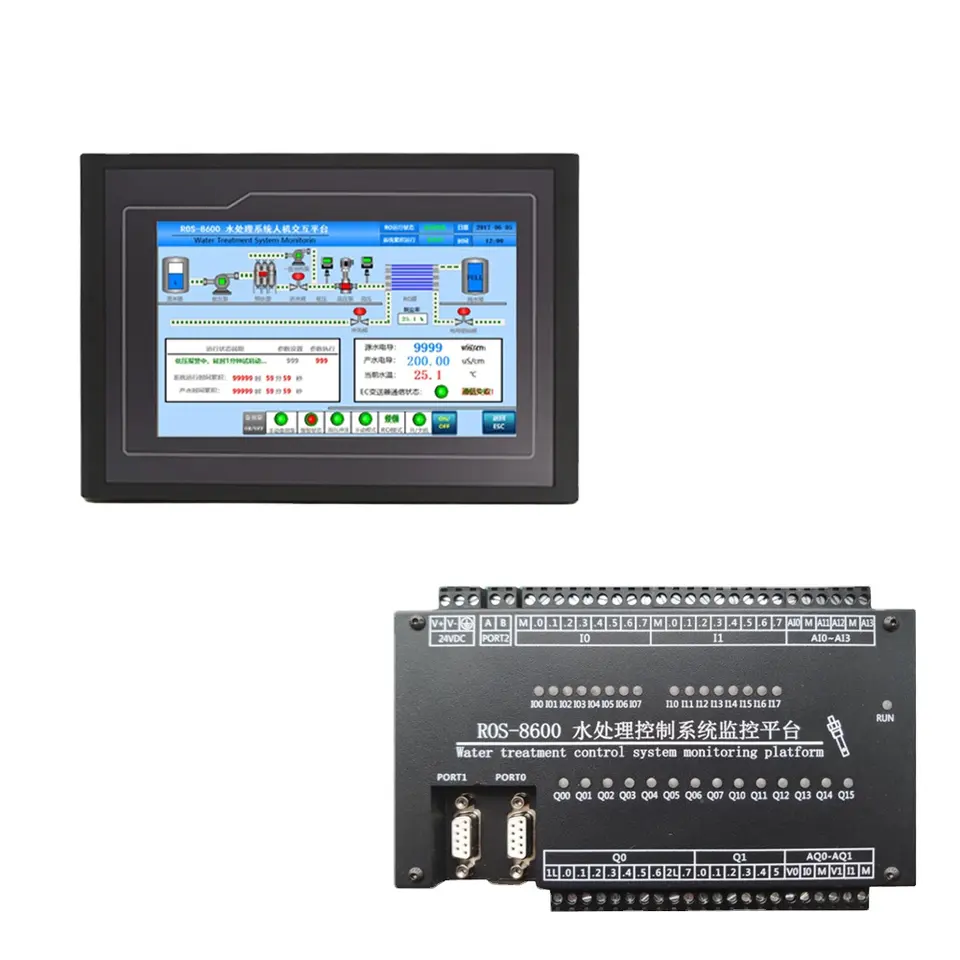
| Instrument model | FET-8920 | |
| Measurement range | Instantaneous flow | (0~2000)m3/h |
| Accumulative flow | (0~99999999)m3 | |
| Flow rate | (0.5~5)m/s | |
| Resolution | 0.001m3/h | |
| Accuracy level | Less than 2.5% RS or 0.025m/s.whichever is the largest | |
| Conductivity | >20μS/cm | |
| (4~20)mA output | Number of channels | Single channel |
| Technical features | Isolated,reversible,adjustable, meter/transmission dual mode | |
| Loop resistance | 400Ω(Max), DC 24V | |
| Transmission accuracy | ±0.1mA | |
| Control output | Number of channels | Single channel |
| Electrical contact | Semiconductor photoelectric relay | |
| Load capacity | 50mA(Max), DC 30V | |
| Control mode | Instantaneous amount upper/lower limit alarm | |
| Digital output | RS485(MODBUS protocol ),Impulse output1KHz | |
| Working power | Power supply | DC 9~28V |
| source | Power Consumption | ≤3.0W |
| Diameter | DN40~DN300(can be customized) | |
| Working environment | Temperature:(0~50) ℃; Relative humidity: ≤85%RH(none condensation) | |
| Storage environment | Temperature:(-20~60) ℃; Relative humidity: ≤85%RH(none condensation) | |
| Protection grade | IP65 | |
| Installation method | Insertion pipeline installation | |
The conductivity of water is typically measured in microsiemens per centimeter (µS/cm) or millisiemens per centimeter (mS/cm). The higher the reading, the greater the concentration of dissolved solids, and consequently, the poorer the water quality. This information is vital in a variety of contexts. For instance, in environmental monitoring, conductivity meters can help detect pollution in rivers, lakes, and groundwater. A sudden spike in conductivity could indicate a spill or discharge of industrial waste, prompting immediate remedial action.
In the field of water treatment, conductivity meters play a pivotal role in ensuring the safety and potability of drinking water. They are used to monitor the effectiveness of treatment processes such as reverse osmosis, which removes unwanted salts and minerals from the water. A low conductivity reading would confirm that the process is working correctly, while a high reading could signal a malfunction or a need for filter replacement.
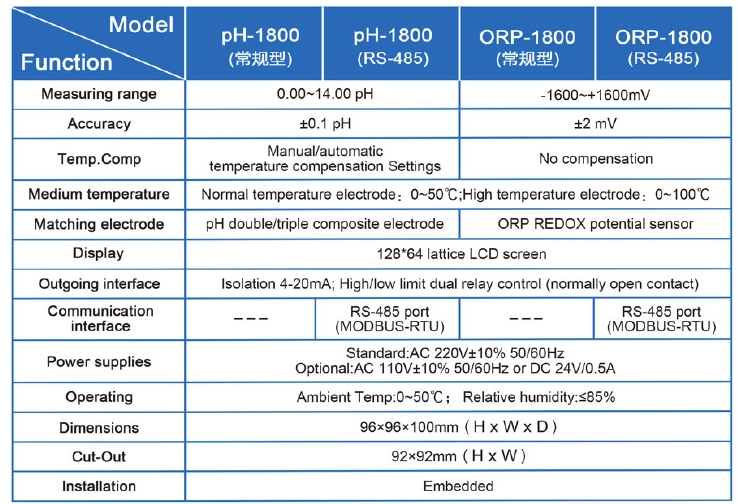
Aquaculture is another area where conductivity meters prove invaluable. The health and growth of aquatic organisms are heavily dependent on the water’s chemical composition. By regularly checking the water’s conductivity, farmers can maintain optimal conditions for their fish or shellfish, adjusting the water chemistry as needed to promote growth and prevent disease.
| Model | TUR-6101 Laser Turbidity Data Acquistion Terminal |
| Range | 0-10/100/4000NTU or as required |
| Display | LCD |
| Unit | NTU |
| DPI | 0.01 |
| Accuracy | ±5% FS |
| Repeatability | ±1% |
| Power | ≤3W |
| Power Supply | AC 85V-265V±10% 50/60Hz or |
| DC 9~36V/0.5A | |
| Working Environment | Ambient temperature:0~50℃; |
| Relative humidity≤85% | |
| Dimensions | 160*80*135mm(Hanging) or 96*96mm(Embeded) |
| Communication | 4~20mA and RS-485 communication (Modbus RTU) |
| Switched output | Three-way relay,capacity 250VAC/5A |
Despite their many uses, it’s important to note that conductivity meters do have limitations. They can’t identify specific types of dissolved solids or distinguish between beneficial and harmful substances. For a more detailed analysis, other methods such as spectrophotometry or chromatography may be required.
Nevertheless, the simplicity, speed, and affordability of conductivity meters make them an essential first line of defense in water quality analysis. They provide a quick and easy way to monitor changes in water chemistry, alerting us to potential problems before they become serious. In a world increasingly concerned with environmental health and sustainability, these humble devices play a crucial role in safeguarding our most precious resource: water.

